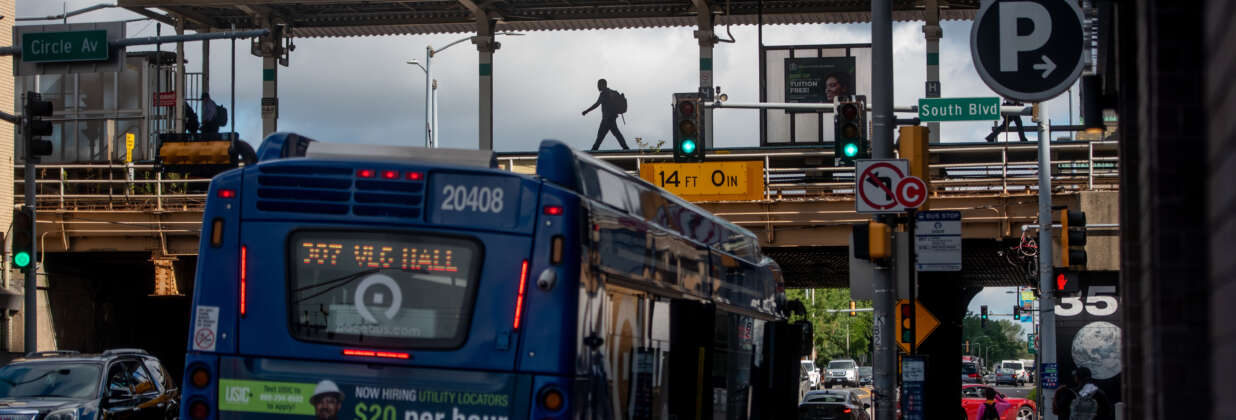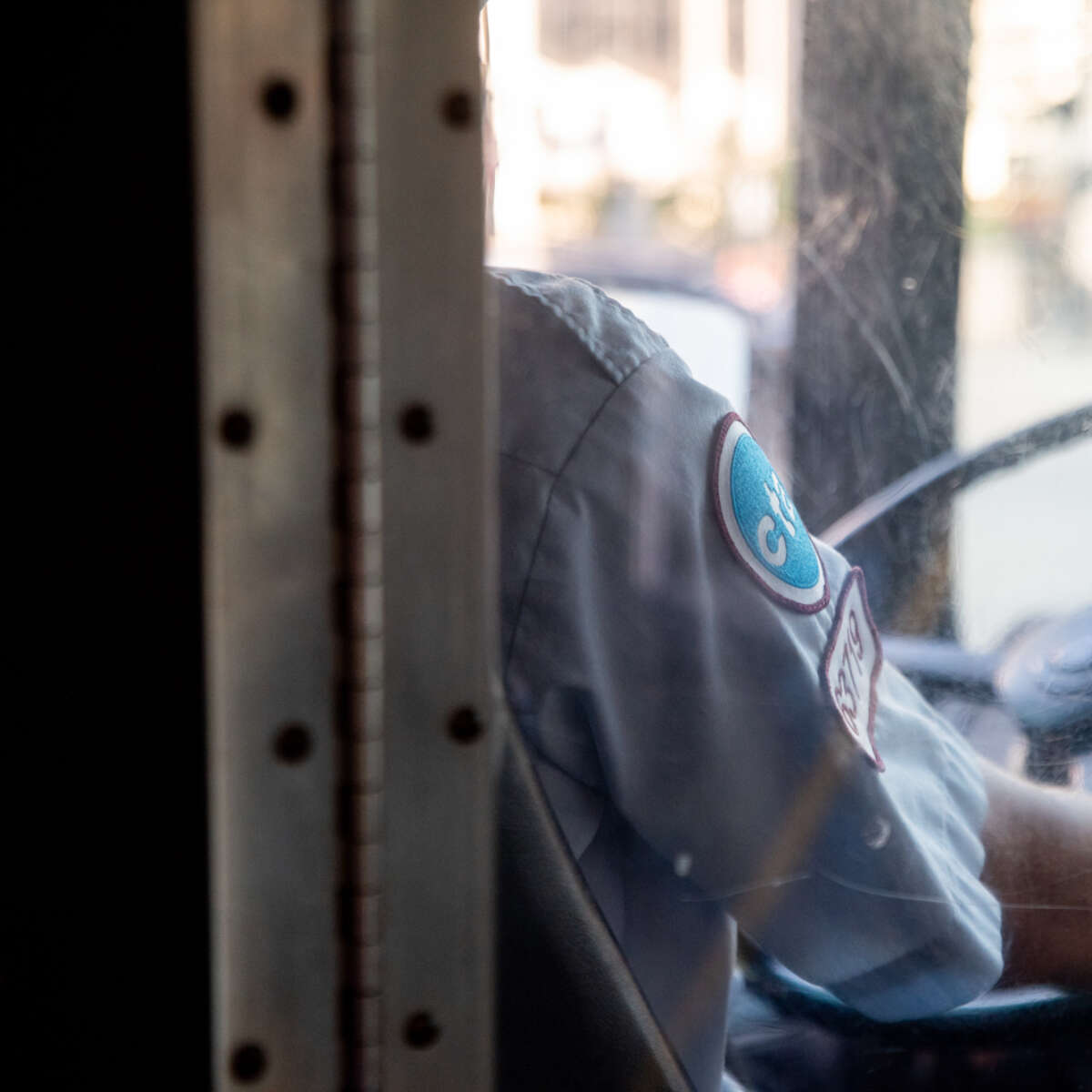Updated in October 2024
August ridership of 32.3 million was at 67.5% of pre-COVID levels, while year‐to‐date system ridership was 4.9% above budget, with 241.4 million rides provided. However, total system‐generated revenue was $11.6 million or 2.3% unfavorable to budget. CTA, Pace Suburban Service, and ADA Paratransit each reported positive revenue results through August, offset by Metra’s unfavorable fare and ancillary revenue results as both ridership and average fares came in lower than budgeted.
Service Board expense results continue to be significantly under budget, driven primarily by unfilled positions as the Service Boards continue their efforts to restore full staffing levels. Regional operating expenses were $159.3 million or 6.5% favorable to budget. The overall strong expense performance more than offset the unfavorable system-generated revenue,resulting in favorable to budget operating deficits for each Service Board except ADA Paratransit, with the combined regional operating deficit 7.7% favorable.
Total public funding through August came in 0.5% favorable to budget. Actual PTF through August was 2.1% above budget. Actual sales tax collections through May continued to show strength at 1.3% favorable but were partially offset by weak Real Estate Transfer Tax results at CTA and lower than anticipated federal operating grants at Pace. The region has drawn down about 68% of the total federal relief funding, and $148.7 million less than was budgeted for 2024.
The system‐wide net result was $6.0 million favorable to budget through August as Pace’s favorable result offset unfavorable net results at CTA and ADA Paratransit. Also, due to the lower than anticipated relief funding drawdowns, the year‐to‐date regional recovery ratio of 47.7% was 3.5 percentage points below the adopted budget.
Archive results





